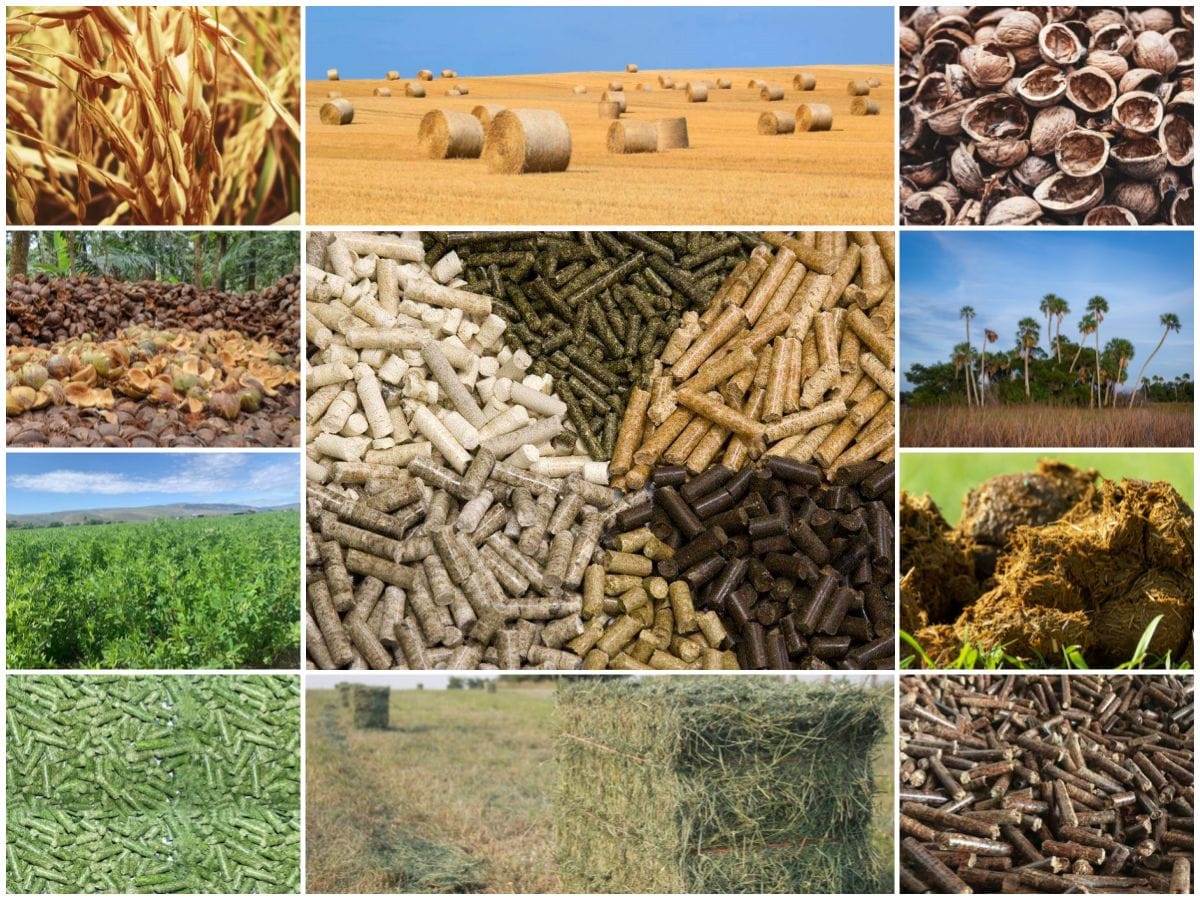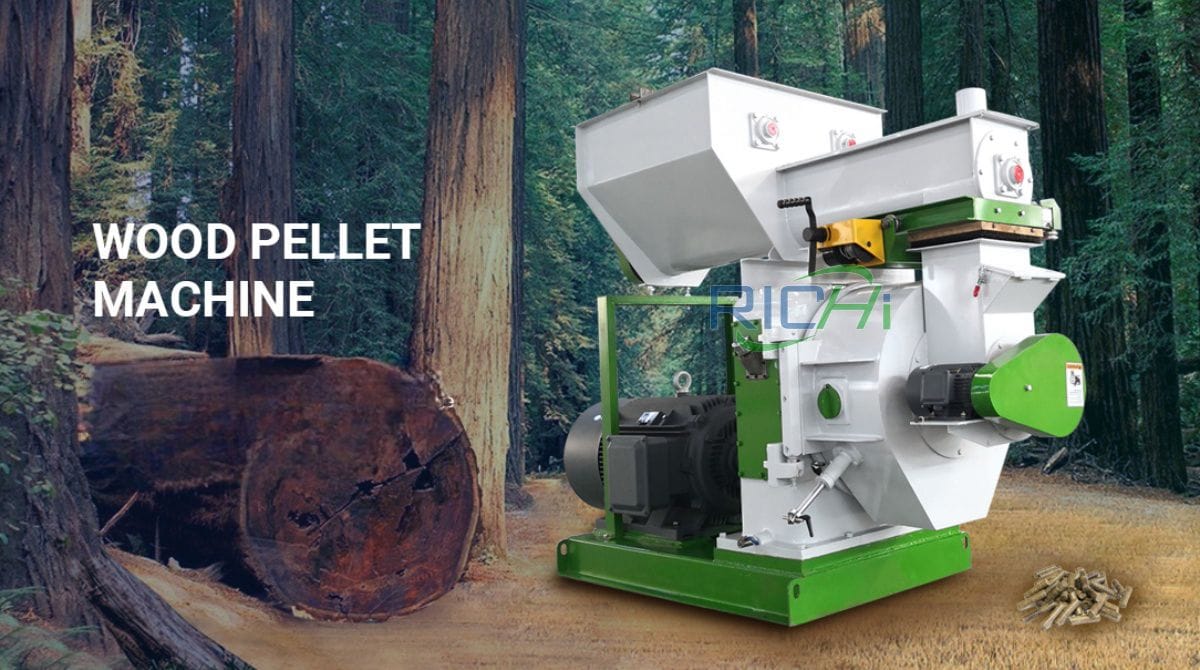Wood chip dryers play a crucial role in industries such as biomass production and wood processing by efficiently reducing the moisture content of wood chips, sawdust, and other biomass materials. The performance and efficiency of these dryers are largely influenced by the type of heat source used. This article provides an in-depth analysis of various heat sources for wood chip dryers, discussing their benefits, drawbacks, and factors to consider when selecting the most suitable heat source for specific applications.
Common Heat Sources for Wood Chip Dryers
1. Natural Gas
- Overview: Natural gas is a prevalent choice for industrial drying processes. It is combusted to produce hot air or steam, which is then used to dry wood chips.
- Advantages:
- High energy efficiency with consistent heat output.
- Produces relatively lower emissions compared to other fossil fuels.
- Widely available with established infrastructure in many regions.
- Disadvantages:
- Reliance on fossil fuels raises environmental concerns.
- Subject to price volatility due to market fluctuations.
2. Propane
- Overview: Propane is a common alternative to natural gas, especially in areas lacking natural gas infrastructure.
- Advantages:
- High energy content and efficiency.
- Portable and storable in tanks, making it ideal for remote locations.
- Disadvantages:
- Generally more expensive than natural gas.
- Shares environmental concerns similar to other fossil fuels.

3. Biomass
- Overview: Biomass, including wood pellets, wood chips, and agricultural residues, serves as a renewable heat source. Biomass burners or boilers are used to generate hot air or steam for the drying process.
- Advantages:
- Renewable and sustainable, reducing reliance on fossil fuels.
- Utilizes waste materials, contributing to waste reduction.
- Lower carbon footprint than fossil fuels.
- Disadvantages:
- Requires more storage space for fuel.
- Heat output may vary depending on the quality of the biomass.
4. Electricity
- Overview: Electric heaters or heat pumps are used to generate heat for wood chip dryers, often in smaller-scale operations or where other heat sources are impractical.
- Advantages:
- Clean and efficient, with no direct emissions.
- Allows precise control of temperature settings.
- Disadvantages:
- Higher operational costs compared to other heat sources.
- Dependent on the electricity grid, which may lead to high energy consumption.
5. Waste Heat
- Overview: Waste heat from other industrial processes can be captured and reused for drying wood chips, making it a highly efficient and eco-friendly option.
- Advantages:
- Reduces overall energy consumption by utilizing existing heat.
- Cost-effective and environmentally friendly.
- Disadvantages:
- Requires proximity to other industrial processes with excess heat.
- Initial setup and integration can be complex and costly. (Related post:wood chipper machine)
6. Solar Energy
- Overview: Solar thermal systems can harness solar energy to generate heat for drying wood chips, particularly suitable for regions with abundant sunlight.
- Advantages:
- Renewable and sustainable, with zero emissions.
- Low operational costs once the system is installed.
- Disadvantages:
- High initial investment required for solar thermal systems.
- Dependent on weather conditions and daylight hours.
Case Study: Biomass-Fueled Wood Chip Dryers
Biomass-fueled wood chip dryers have gained popularity due to their sustainability and cost-effectiveness. For example, a biomass burner can use wood chips or agricultural residues as fuel to generate hot air for the drying process. This method not only reduces waste but also lowers the carbon footprint of the drying operation.
- Example: In a sawmill, a biomass-fueled wood chip dryer uses sawdust and wood chips from the milling process as fuel. The biomass burner generates hot air, circulated through the drying chamber to reduce the moisture content of the wood chips. This closed-loop system maximizes resource utilization and minimizes waste.
- Advantages:
- Reduces waste by utilizing by-products from the milling process.
- Lowers energy costs by using readily available biomass fuel.
- Decreases carbon emissions compared to fossil fuel-based systems.
- Disadvantages:
- Requires careful management of fuel quality to ensure consistent heat output.
- Initial investment for biomass burners and storage facilities can be high.
Key Considerations for Selecting a Heat Source
When choosing a heat source for a wood chip dryer, several factors should be considered:
- Availability and Cost of Fuel: Assess the availability and cost of various fuels in the region. Consider long-term price stability and potential supply chain issues.
- Environmental Impact: Evaluate the environmental impact of each heat source, including emissions and sustainability. Consider regulatory requirements and potential incentives for using renewable energy sources.
- Operational Efficiency: Determine the energy efficiency of each heat source and its ability to provide consistent heat output. Consider ease of integration with existing systems and infrastructure.
- Scale of Operation: Match the heat source to the scale of the drying operation. Smaller operations may benefit from electric or propane heaters, while larger industrial operations may require natural gas or biomass systems.
- Initial Investment and Maintenance Costs: Consider the initial investment required for each heat source, including equipment and installation costs. Evaluate ongoing maintenance requirements and associated costs.
Conclusion
The choice of heat source for wood chip dryers has a significant impact on their efficiency, operational costs, and environmental footprint. Options such as natural gas, propane, biomass, electricity, waste heat, and solar energy each present distinct advantages and disadvantages. By carefully considering factors like fuel availability, environmental impact, operational efficiency, and cost, operators can select the most appropriate heat source for their specific needs.
As industries increasingly prioritize sustainability and cost-effectiveness, the trend towards renewable and waste-based heat sources is expected to grow. Biomass-fueled systems and waste heat recovery methods offer particularly promising solutions for reducing the environmental impact and operational costs of wood chip drying. By leveraging these innovative heat sources, businesses can achieve efficient and sustainable drying processes that support their long-term goals.
For details please contact: Richi Pellet Machine
WhatsApp:86 138 3838 9622
Email:enquiry@richipelletmachine.com










